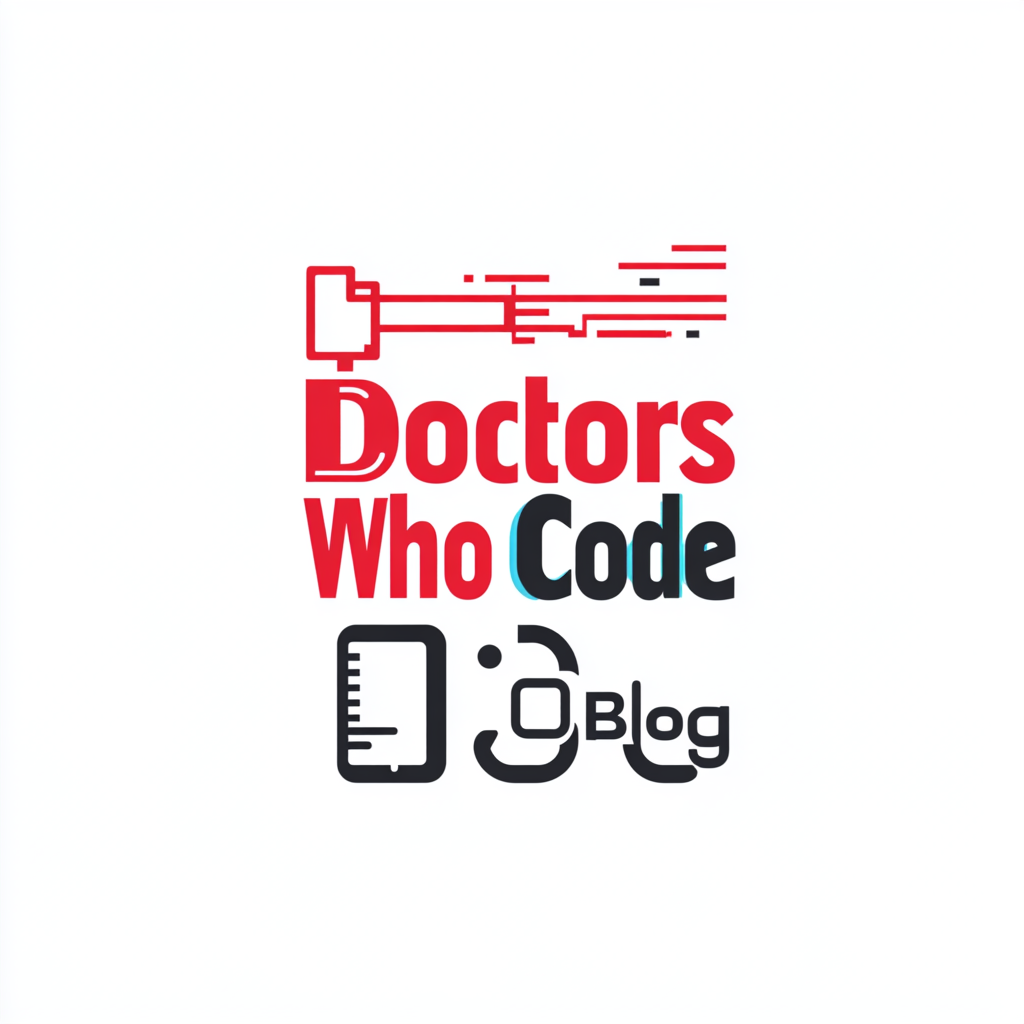Imagine entering your clinic and being greeted by a flood of patient records, lab reports, and journal articles, each demanding your immediate attention. The sheer volume of information is daunting, and time is your most precious resource. How can you keep up without sacrificing accuracy or patient care? This is where document summarization steps in—a transformative approach that is redefining healthcare efficiency.
What Is Document Summarization and Why Does It Matter?
Document summarization condenses lengthy, detailed documents into concise, actionable insights. For clinicians, this means navigating patient histories, research papers, and clinical guidelines with clarity and speed. Whether manually curated or powered by AI, these summaries filter out redundancy and spotlight what truly matters.
Take, for instance, a patient with a 200-page medical history. Summarization tools can pinpoint critical diagnoses, medication compliance issues, and recent lab results, allowing you to focus on the key details that influence clinical decisions. This is a game-changer for busy professionals who must manage high volumes of complex data.
The Technology Behind Summarization: A Healthcare Ally
AI-powered tools like ChatGPT and Glean are leading this revolution, offering solutions that integrate seamlessly into workflows:
– Electronic Medical Record (EMR) Plugins: These tools distill patient charts into digestible summaries, highlighting diagnoses and treatments at a glance.
– Mobile Apps: On-the-go solutions for summarizing research papers or clinical guidelines.
– Natural Language Processing (NLP): Extracting key points from policy documents or meeting transcripts.
However, technology is just one piece of the puzzle. Effective summarization also demands clinical expertise to validate and interpret the information presented.
Overcoming Challenges in Document Summarization
While the benefits are clear, challenges remain. Clinicians often fear missing critical details or face a steep learning curve with new tools. Here’s how to address these concerns:
1. Combine Tools with Clinical Judgment: Always cross-check summaries against original documents to ensure accuracy.
2. Start Small: Focus on one type of document—like patient notes—before expanding to other areas.
3. Leverage Free Resources: Begin with basic tools before investing in premium solutions.
4. Seek Training: Attend workshops or explore online tutorials to familiarize yourself with available technologies.
Case Studies: Summarization in Action
Internal Medicine:
A 62-year-old patient presents with fatigue, and the medical record spans years of chronic conditions. Using an EMR-integrated summarization tool, the clinician quickly identifies untreated hypothyroidism as the underlying issue, addressing it efficiently during the visit.
Maternal-Fetal Medicine:
A high-risk pregnancy case involves a patient with lupus and fetal growth restriction. Summarization tools distill her complex history, enabling the specialist to focus the ultrasound and recommend timely interventions.
These scenarios illustrate how summarization enhances decision-making and patient care across specialties.
Staying Current: Tips for Clinicians
1. Use Mobile Apps: Stay updated with tools like UpToDate or Medscape for quick references.
2. Collaborate with Peers: Share summaries and insights during team discussions.
3. Curate Resources: Build a digital library of templates and summarized references for common scenarios.
4. Join Professional Networks: Participate in forums or webinars to stay informed about the latest advancements.
Conclusion: A Smarter Way to Work
Document summarization is more than a productivity hack; it’s a strategy for enhancing patient outcomes and reducing clinician burnout. By adopting these techniques, you can transform how you manage information, reclaim precious time, and focus on what truly matters—your patients.
Ready to take the leap? Explore tools like ChatGPT or Glean, and experience the power of streamlined information. For more insights; sign up for our upcoming free ebook, Effortless Document Summarization for Clinicians: A Practical Guide to Saving Time.
C. Onyeije, MD

